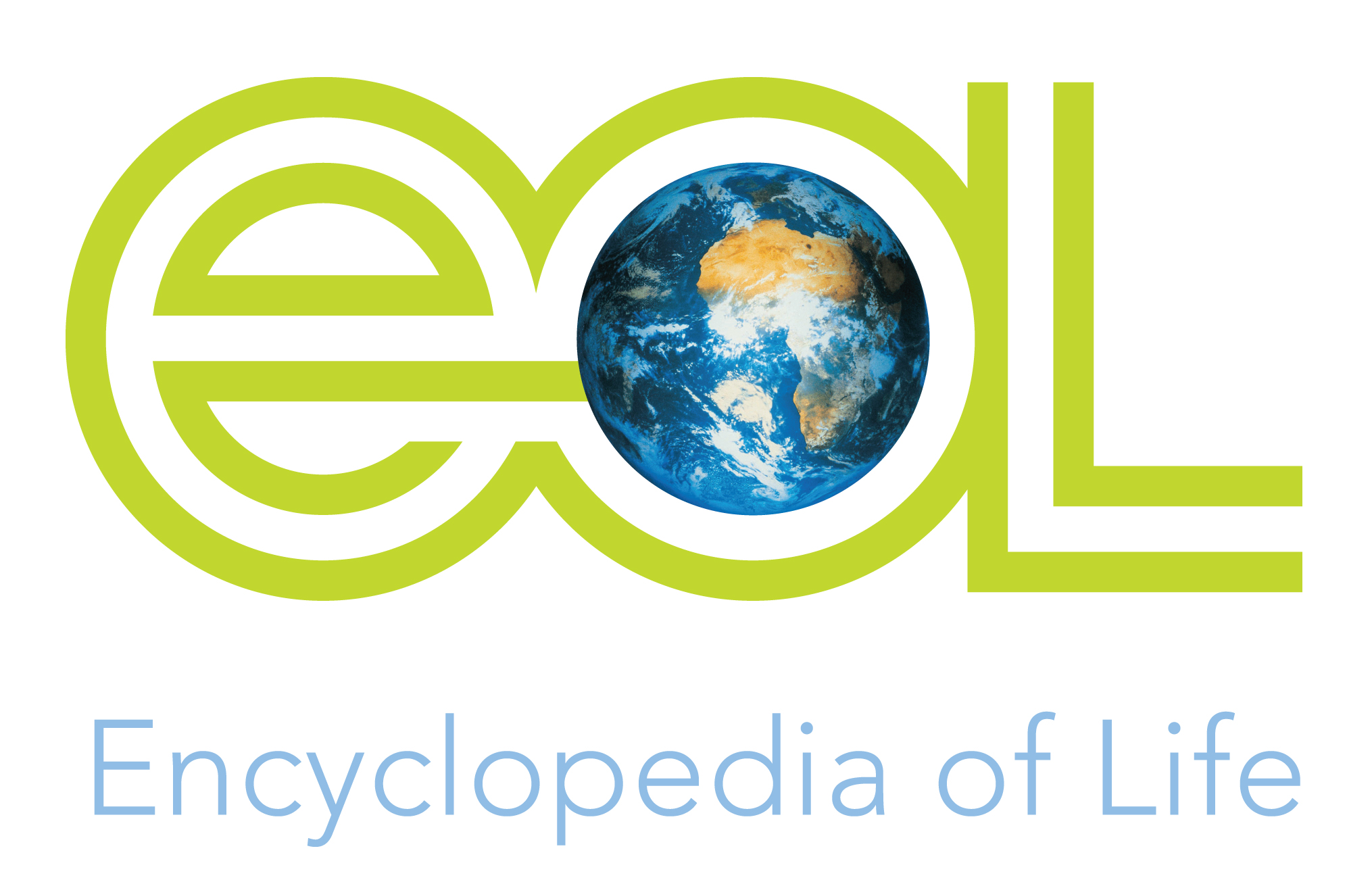habitat_narrative
Marine
Stenella species are relatively small dolphins, often inhabiting coastal and offshore tropical and subtropical waters, with distributions that overlap in many portions of their range (Moreno et al. 2005).Spotted Dolphins inhabit tropical, equatorial and occasionally warm temperate regions, and although much is known about this species in the Pacific and Atlantic Oceans, there is a paucity of information from the Indian Ocean. Off the KwaZulu-Natal coastline, group size ranged from 20 to ~ 300 individuals, with an average of about 100 (Ross 1984), and from 25 to 200 in the southwest Indian Ocean (Gambell et al. 1975). Sightings of individuals caught in purse-seine nets suggest that schools are subdivided into smaller groups of female-calf pairs, mature males, or juveniles (Skinner & Chimimba 2005). In the eastern Pacific, S. attenuata have been recorded in association with S. longirostris (Hohn & Scott 1983). In the western Atlantic, S. attenuata occur in waters beyond the continental shelf in depths of more than 850 m (Moreno et al. 2005). The stomach contents from three South African S. attenuata specimens contained squid beaks (mostly Oregoniateuthis spp.) and the remains of fish (mainly lanternfish, Symbolophorus spp.) (Ross 1984). Similarly, Sekiguchi et al. (1992) identified ten species of cephalopods (primarily Sthenoteuthis spp., Chiroteuthis spp. and Todaropsis eblanae) and six species of fish from Spotted Dolphin stomachs along South Africaâs coast. In the eastern Pacific Spotted Dolphins consumed both epipelagic species, such as flying fish (Oxyporhampus spp.), and mesopelagic species, for example Benthosema spp. (Fitch & Brownell 1968).
The Pantropical Spotted Dolphin reaches lengths of about 2 m, and adults weigh approximately 114 kg. Spotted Dolphins are born without spots, acquiring them as they grow, until they are entirely covered with overlapping markings. Although, there is some evidence of seasonality in mating and calving in some regions (for example, off Japan: Kasuya et al. 1974, and in the eastern Pacific: Barlow 1984), this is not the case for all other regions. They experience gestation and lactation periods of 11â12 months (Kasuya et al. 1974; Perrin et al. 1976) and 20â24 months (Kasuya 1985; Myrick et al. 1986), respectively, and sexual maturity is reached at body lengths of approximately 1.82 m in females and 1.94 m in males (Skinner & Chimimba 2005).
Ecosystem and cultural services: Bycatch mitigation measures to reduce Spotted Dolphin (and Spinner Dolphin) entanglement in fishing gear in the Pacific led to the phrase âDolphin friendly tunaâ.

